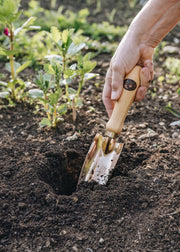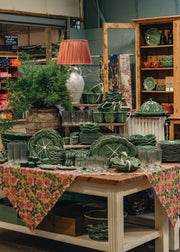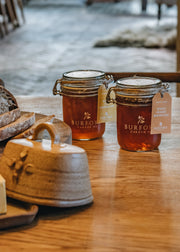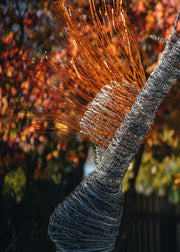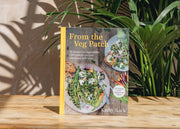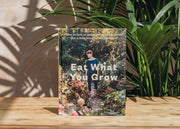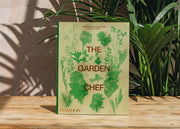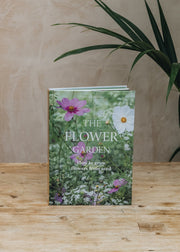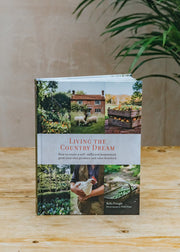In Review: Wild & Sweet
Blackberries are already ripening in the hedgerows, and it won’t be long before there is a surfeit of green apples lying on the lawn. With a touch of alchemy, they combine into a classic crumble - delicious and full of vibrant colour. There is an intensity of flavour here that cannot be found in a supermarket, and this, thanks to the generosity of Mother Nature, results in something very special that only costs us time.
Taking this a step further, Rachel Lambert demystifies the process of foraging in her book ‘Wild and Sweet’, providing recipes for sweet treats made from the wild plants found around us. She has helpfully included a colour chart spelling out the seasonal cycle for wild baking, with flavour profiles revealing what is bitter, sweet or fruity.
The book is divided into seasons, with the suggestion in spring that we gather dandelion petals to make a nutty syrup - wonderful as a children’s cordial. Did you know that dandelions are a superfood, containing iron, magnesium, potassium and calcium as well as vitamins A, B, C, E?
Summer ushers in old favourites Elderflower and Mint and common Pineapple Weed found in well-trodden areas – a plant that you will have stepped on and probably never noticed. Its name relates to the fruity scent released when the flowers are rubbed (though do go carefully - like many of these wild plants, they can cause allergic reactions in some people). Hogweed Seeds taste like orange peel and who knew that Cleaver (those little furry things often referred to as sticky grass) makes a fantastic coffee alternative?
As the year draws in there are still wonders to discover; autumn tempts with Elderberry and Chocolate Souffle; while even in the depths of winter, roots of Burdock and Dandelion can be used to make beer or combine with mascarpone cheese into the most heavenly tiramisu.
It is impossible not to become enthused and rather enchanted by the idea of raiding the hedgerows, and this book also succeeds in simply raising awareness of our surroundings and the nutritional benefits of what we myopically deem ‘weeds’.
